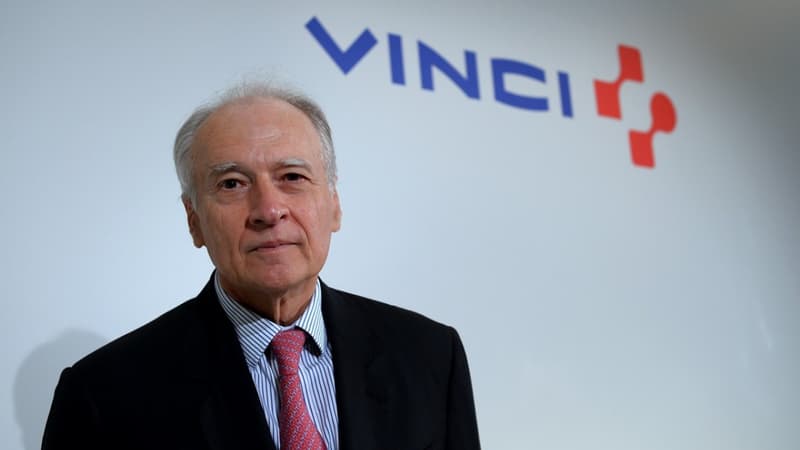How will highway management evolve after the current concessions? Vinci’s CEO, Xavier Huillard, returned to recent statements by the transport regulatory agency (ART) on this issue. “She confirmed that the concession model is very virtuous and that shorter concessions are needed. Future concessions will be shorter because most of the investments will already have been made,” he said. Enough to arouse the interest of the group when the first end of the concession will take place in just under ten years, in 2032.
“If we are in a contest related to obtaining a concession of shorter duration, we will be candidates,” said Xavier Huillard. The other formula would be for the State itself to manage them and in that hypothesis we would be out of the game. “
The Vinci boss also referred to the profitability of highway concessions, often pointed out by invoking ART as a justice of the peace. “Despite our educational efforts, the concession model is poorly understood. The return is proportional to the investments that were originally made. The legislator has entrusted ART with a mission that consists of periodically updating the internal rates of return and these IRRs are reasonable, around 7-8%”.
Decarbonisation, the main challenge for French motorways
Xavier Huillard took advantage of his speech to recall what, in his opinion, constitutes the great problem for French motorways in the coming years: decarbonisation: “The real problem with these motorways is that France will not respect its decarbonisation commitments for 2050 without making Very strong gestures on the motorways. We are trying to do things but the bulk of the investments have yet to be made”.
Among these devices undertaken, the Vinci boss cites the “renaturation” of abusively artificialized spaces, the improvement of the hydraulic transparency of the different networks but above all the installation of electric charging points. “By mid-2023 we will have ultra-fast terminals installed in all our service areas, we will have 1,750 in total, 1,400 of them ultra-fast. This allows us to meet the demand that there will be between now and the next 2-3 years.”
“We probably need to multiply this effort by more than 10 times if we follow the evolution of our highway customers who will need to recharge on the highway.”
Source: BFM TV


